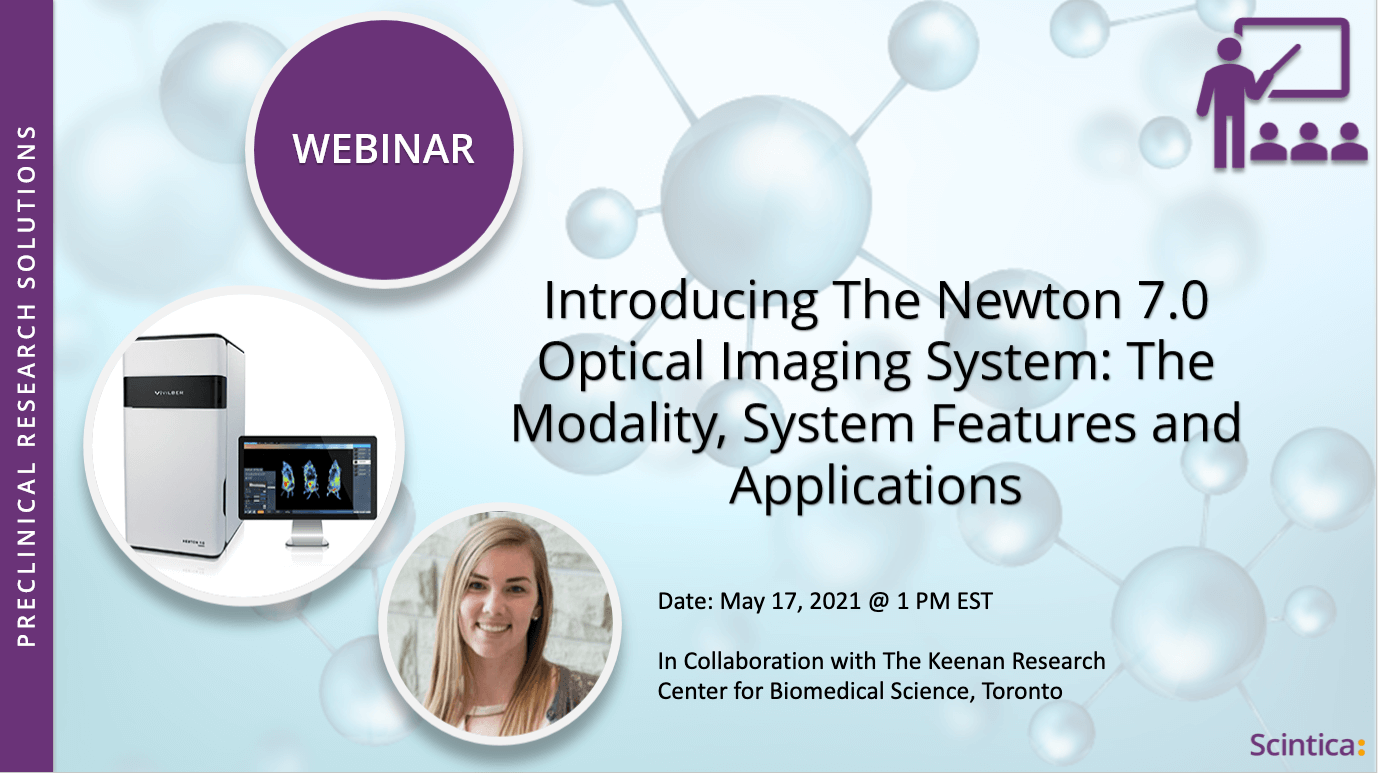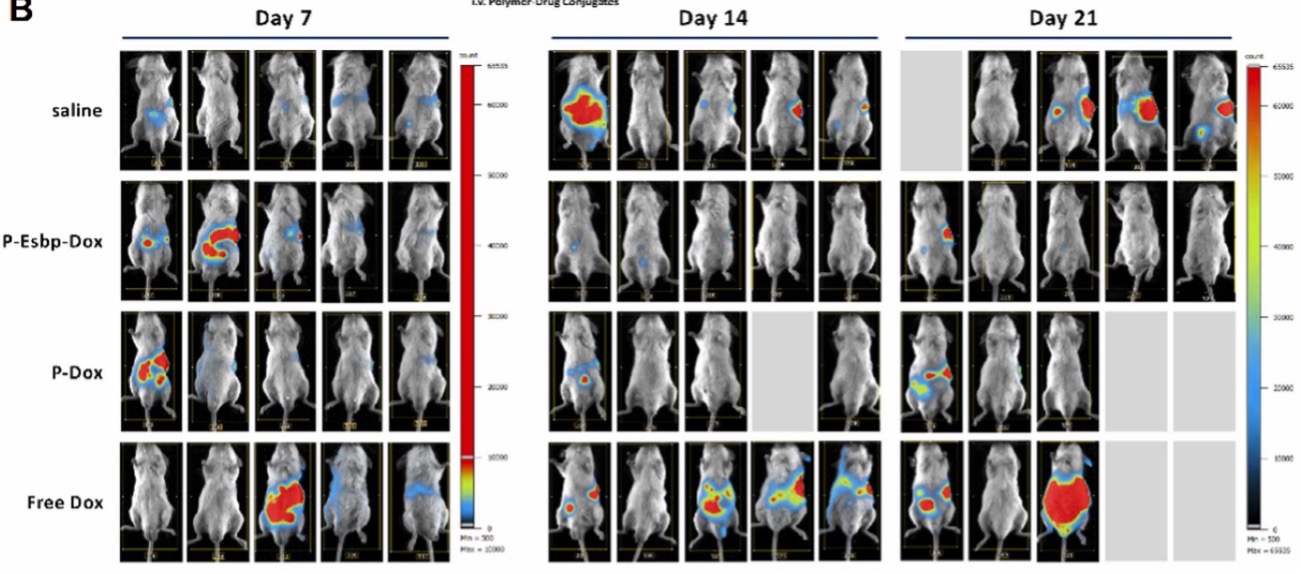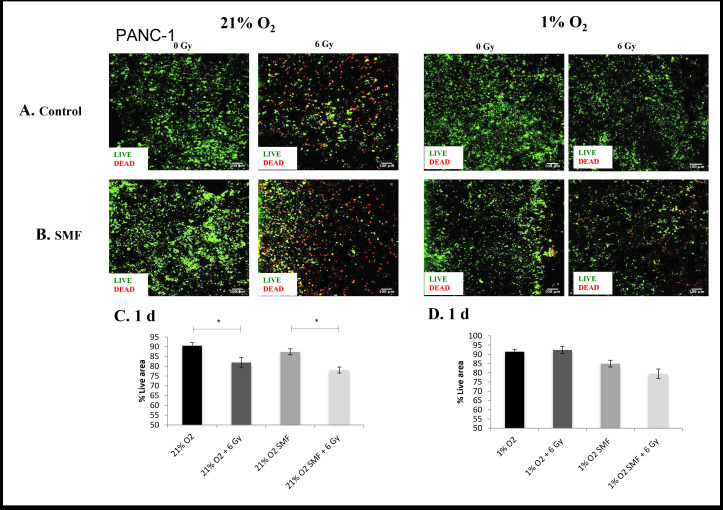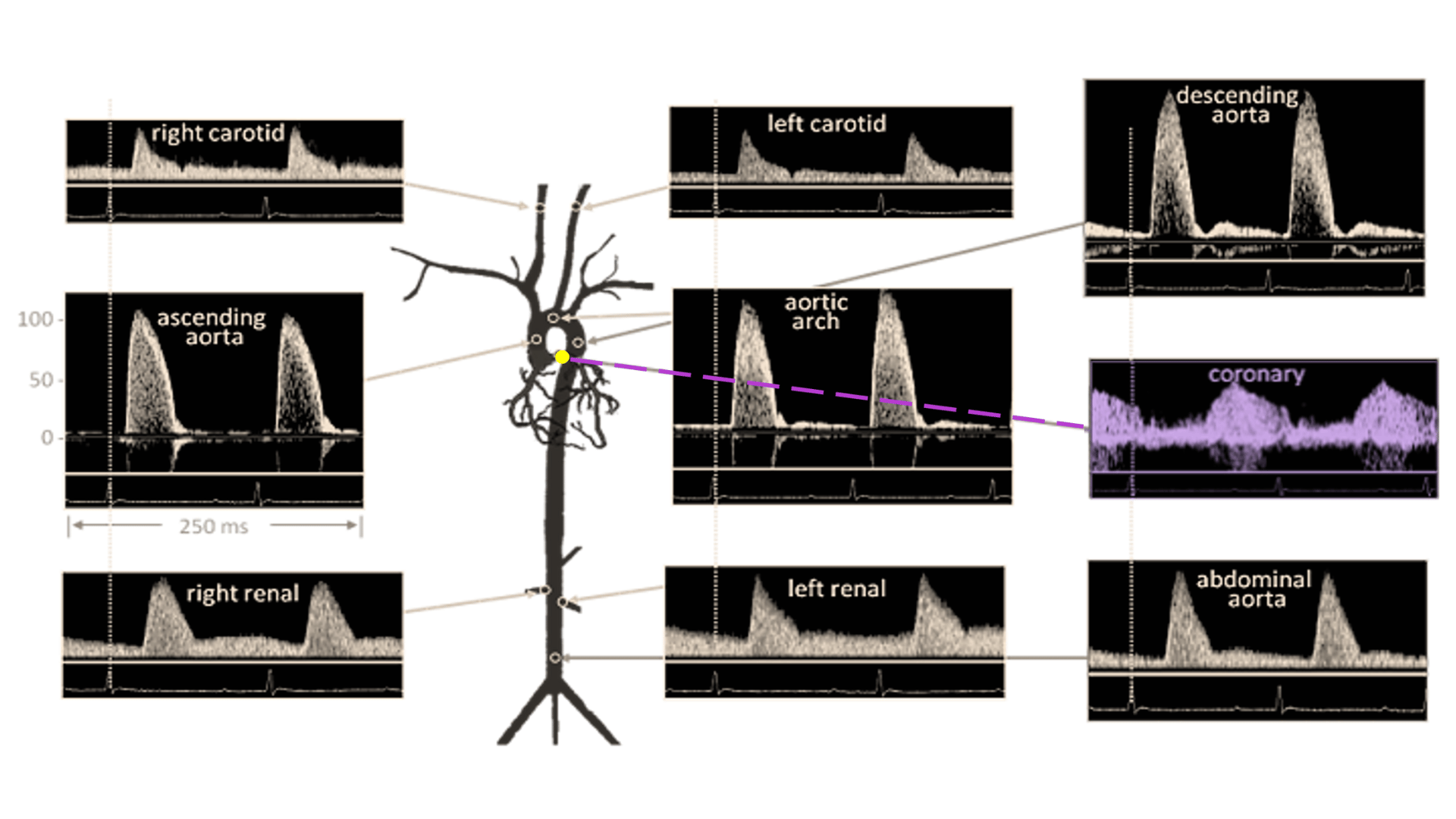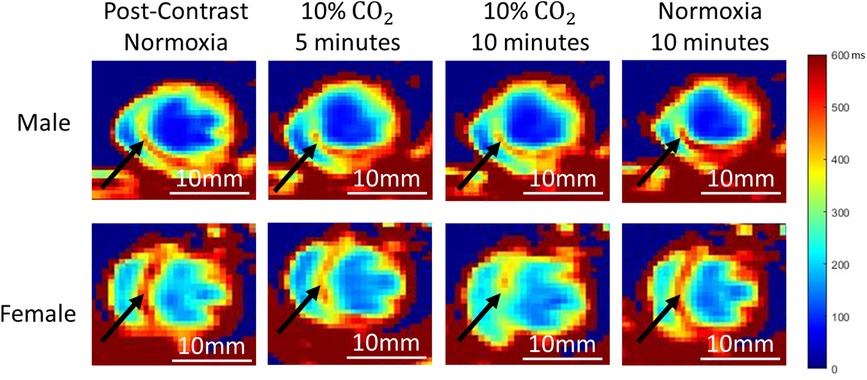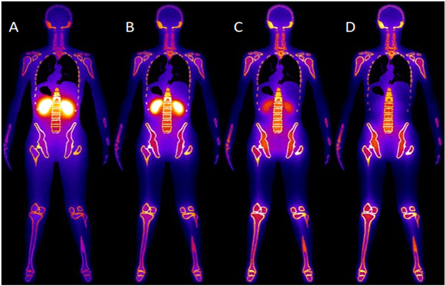In this webinar, Katie will review how optical imaging works and provide some common examples of how it’s used within preclinical research. She will then introduce the Newton 7.0 FT500, an optical imaging system manufactured by Vilber that includes bioluminescence, fluorescence, and 3D tomography capabilities. She will end the webinar by going through some of the most common questions/considerations that come up for those looking to add optical imaging capabilities to their lab.
The Newton 7.0 is a highly sensitive optical imaging system dedicated to preclinical imaging of small animals in vivo, and may also be used on a variety of in vitro and ex vivo samples. It combines the best optics and animal handling features for high-quality image data and quantification. The Newton 7.0 system is capable of bioluminescence, fluorescence as well as 3D tomographic imaging.
The system is:
- User-friendly
- Does not require any radiation to acquire images
- Is non-invasive, allowing for longitudinal studies
- Allows for up to 5 mice or 3 rats to be imaged simultaneously
